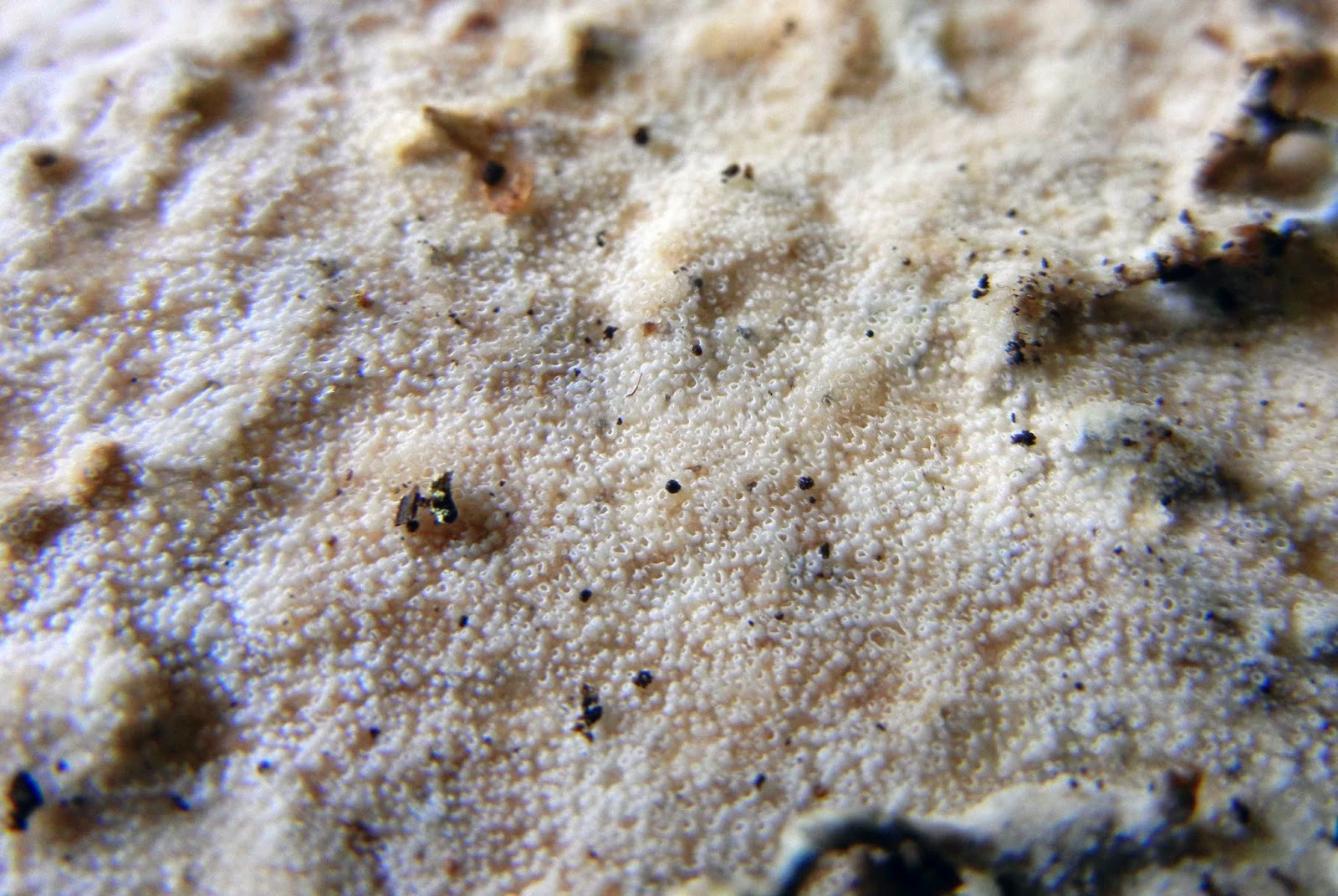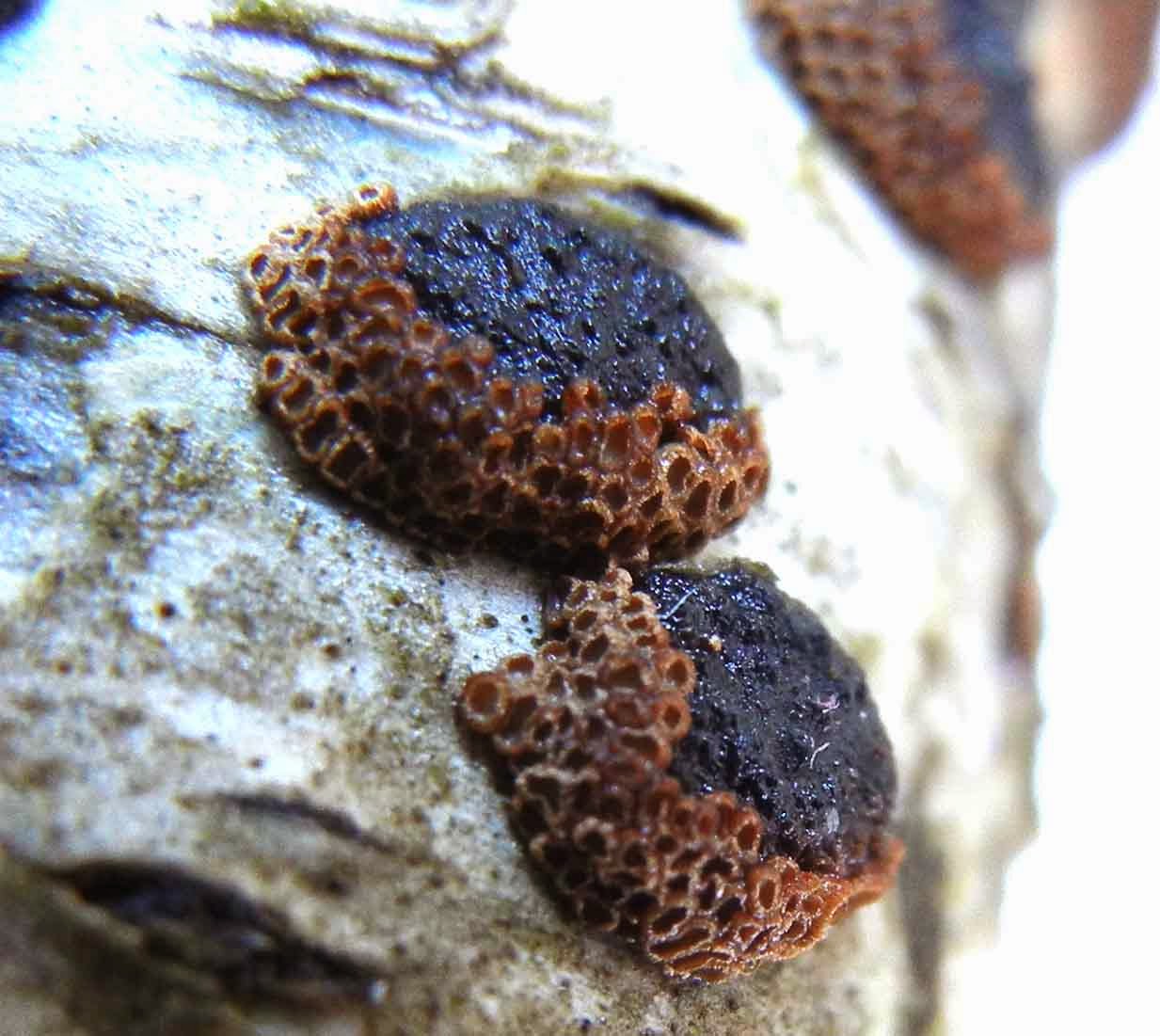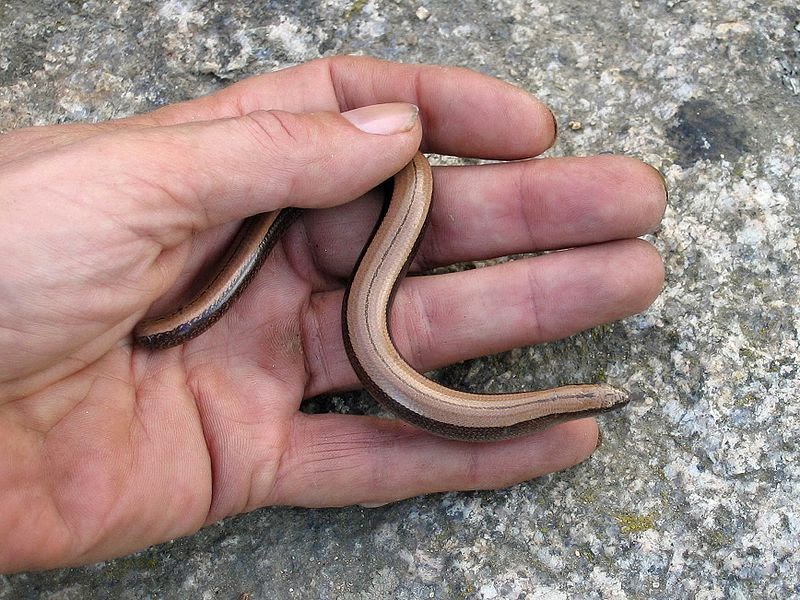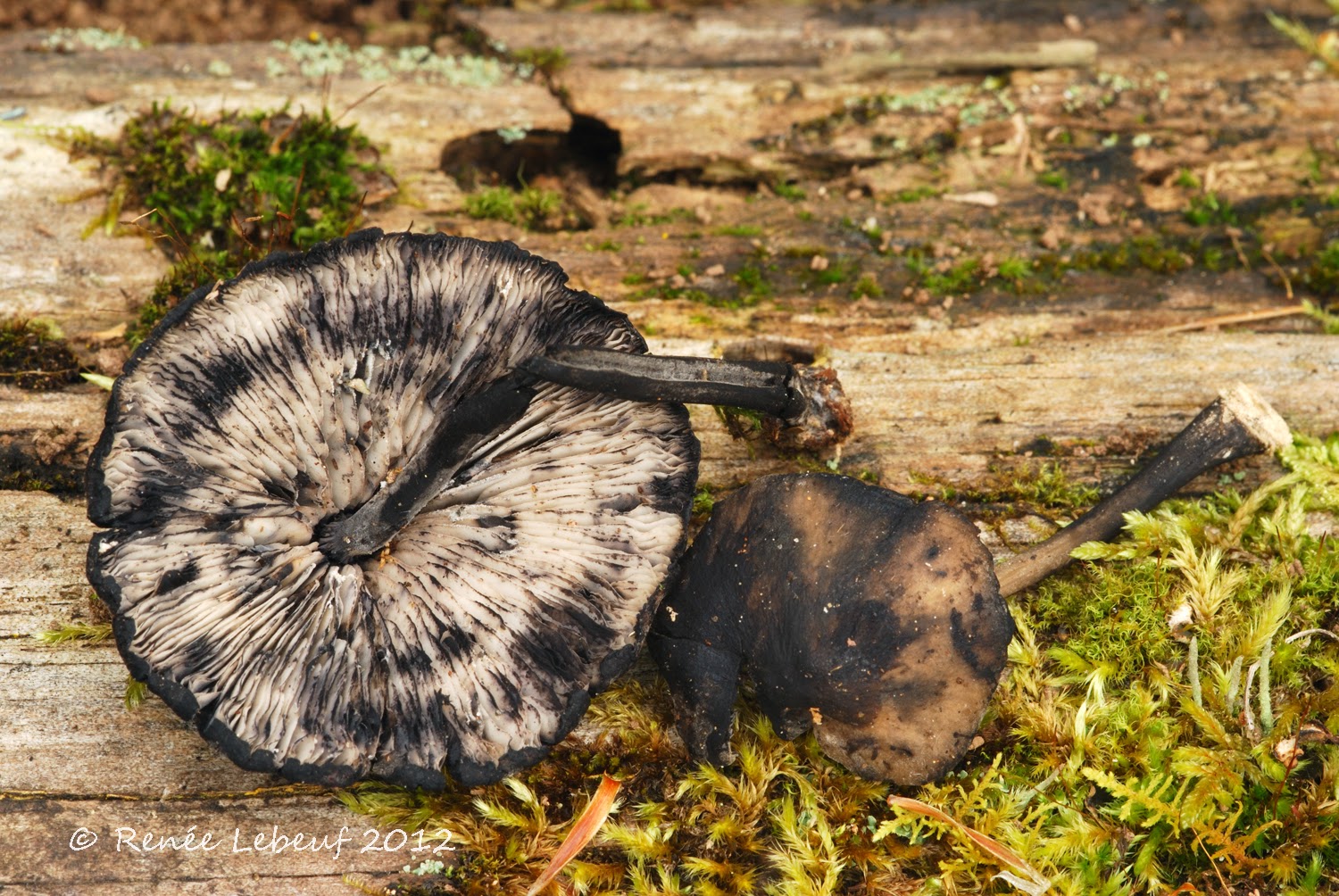 |
| Porotheleum fimbriatum can produce thousands of tiny cups on a cottony subiculum. Click to see large. |
 |
| Parts of the soft fruiting body of P. fimbriatum had engulfed mosses. |
 |
| The cups of P. fimbriatum are only 0.1-0.2 mm wide. They can eventually become so crowded they resemble pores. |
 |
| Cup-shaped cyphelloid fungi include Merismodes species. |
Examples of reduced-form evolution among vertebrates include animals whose ancestors had four limbs, but that are now either missing hind limbs or have no limbs at all, such as manatees, whales, snakes, and a few lizards.
 |
| Anguis fragilis, a legless lizard (Lameiro) |
 |
| Hydropus fuliginarius (Renée Lebeuf) |
References:
Hydropus fuliginarius, Mycoquebec
Peter Werner, 2004. Fungal Taxonomy III: The Euagarics. Mycena News.
Dick Rauh. Reduction and Fusion - Flowering Evolution. The Botanical Artist, Volume 13, Issue 1.
P. Bodensteiner et al. (2004).
Phylogenetic relationships of cyphelloid homobasidiomycetes. Molecular Phylogenetics and Evolution 33(2):501-15.
Moncalvo, J. M., et al. (2002). One hundred and seventeen clades of euagarics. Molecular Phylogenetics and Evolution 23: 357–400Peter Werner, 2004. Fungal Taxonomy III: The Euagarics. Mycena News.
Dick Rauh. Reduction and Fusion - Flowering Evolution. The Botanical Artist, Volume 13, Issue 1.







